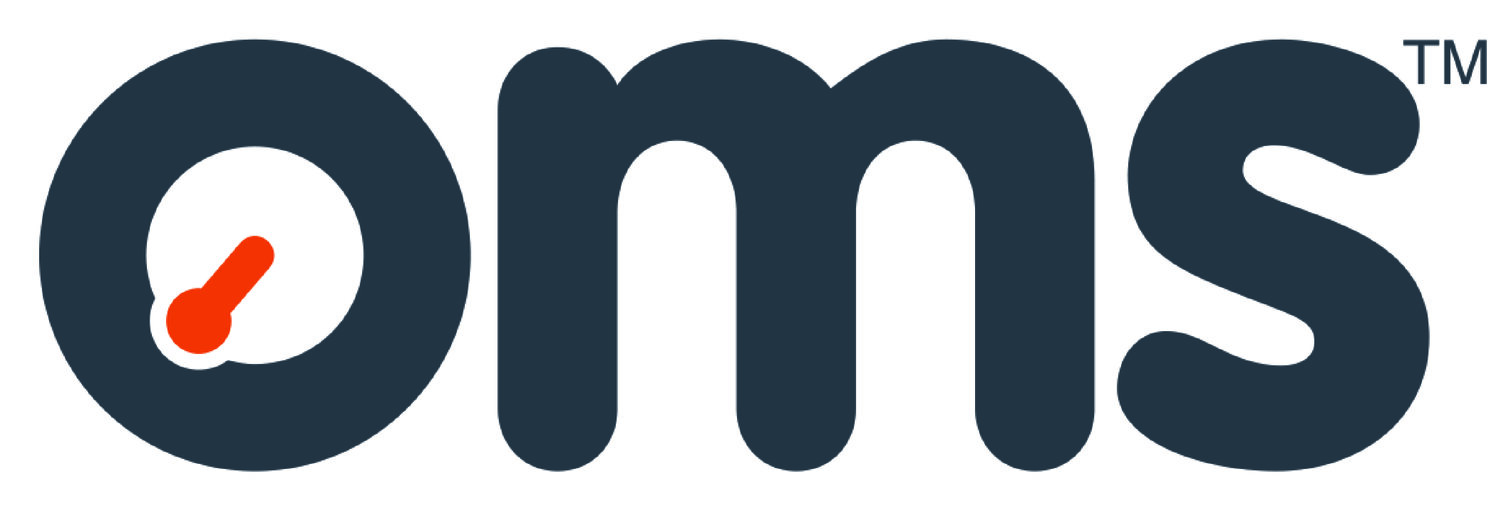Establishing traceability throughout the pipeline supply chain
In a difficult market, oil and gas companies are facing pressures from many directions. The sector is regarded as highly risky by many investors so energy businesses must continue to improve efficiency, deliver shareholder value, increase safety and find every possible advantage to gain a competitive edge. Focus on climate change and the recent COP26 mean that the energy industry is also facing unparalleled levels of scrutiny, especially on issues relating to the environment and sustainability.
Managing data effectively
Managing these competing pressures is a challenge for oil and gas companies. Many are turning to data management as a way to gain those vital competitive advantages. Although oil and gas companies have had a reputation for being slow to adopt new technologies, in recent years the energy industry has become a data-heavy one, with a vast range of sensors and other data-gathering devices deployed across every aspect of production.
Generating data, however, is not the same as managing it. To make the best use of these enormous quantities of information, companies must invest in effective data management solutions.
Essential supply chain management
From concept to operation, installing a new oil or gas pipeline involves many suppliers, fabricators, inspectors and contractors working across multiple geographic locations, possibly in several different languages. Although it can be complex and challenging, establishing tight control of these extensive supply chains is essential to ensure that pipelines are installed safely and will operate effectively.
From the early 1990s, energy companies began attempting to track the materials and work involved in pipeline components and installation. Rapid advances in software engineering saw the development of platforms to organise and store data, allowing energy businesses to analyse information generated and put it to good use.
Sophisticated traceability programmes
Today, businesses can operate sophisticated traceability programmes for pipeline supply chains that include all details of pipe and joint fabrication, weld numbers, GPS location, NDE results, coating information and more. Analysing this data can help them to improve safety, predict problems and increase efficiency.
Pipe traceability at OMS
OMS offers a range of services and products that help our clients to manage their pipe data effectively and extract maximum value from it.
Our latest pipe marking system applies 2D data matrix marks to pipe-ends, using a robust, weather- and corrosion-resistant finish. The data matrix marks are digitally traceable, containing all pipe data from pipe mill to seabed. QA/QC managers can use handheld scanners to access all amalgamated data, allowing an extra quality check before welding takes place. Load-out can be managed more efficiently and pipes grouped according to previously designated criteria, thus improving weld quality and pipeline integrity.
Real-time data
All our services provide real-time data capabilities that allow clients to gain every possible business advantage – including cost reductions, safety improvements, increases in efficiency and streamlined compliance.
2D data matrix marking – most effective for offshore environments
The OMS R&D department undertook extensive research into the most effective ways to mark pipes destined to be used in offshore pipelines. 2D data matrix marks are made up of black and white cells similar to a QR code. They can encode up to 50 characters in a symbol readable at 0.002-0.003 inches, are readable with only 20% contrast and remain readable even when damaged, making them ideal for harsh and corrosive marine environments.
Find this article useful? Sign up for more here!
Posted 09.06.2022
[3 minute read]
By Marcus Smiles, Global Account Manager



